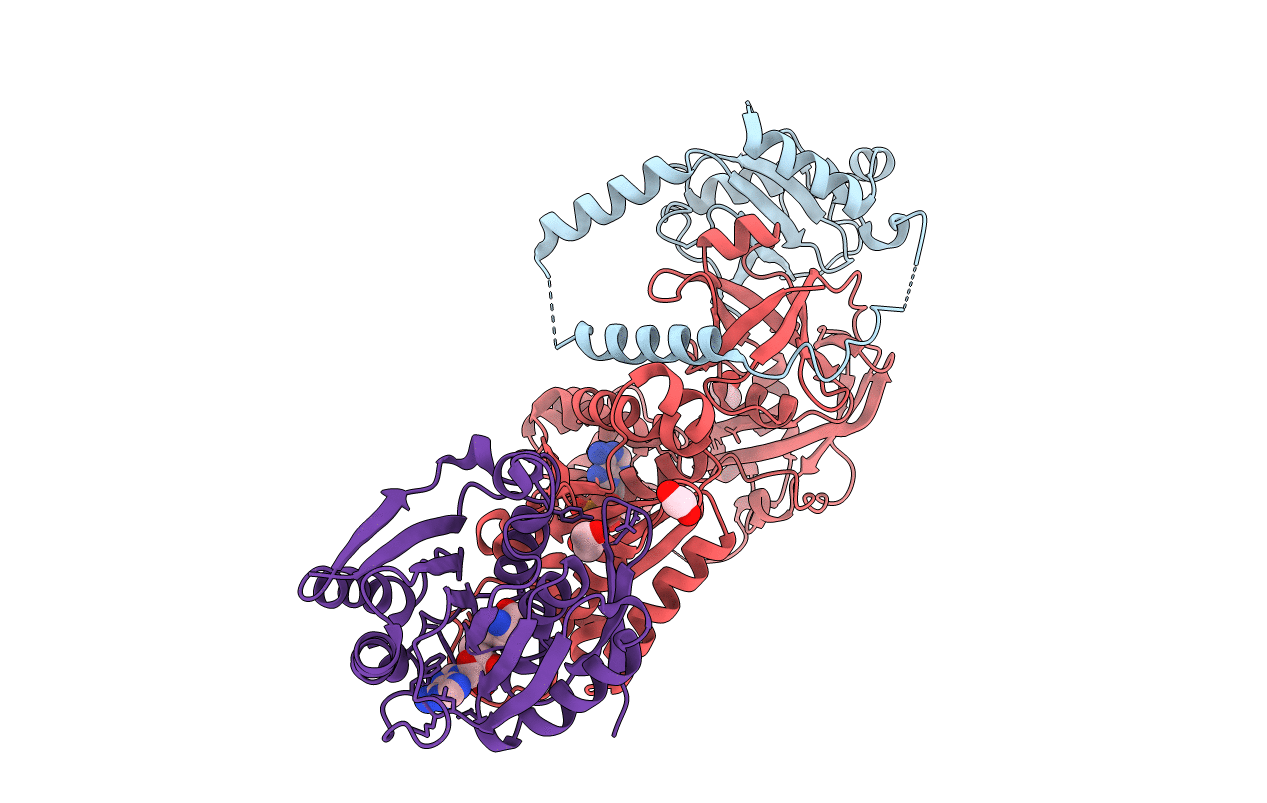
Deposition Date
2021-04-20
Release Date
2022-08-03
Last Version Date
2024-02-07
Entry Detail
PDB ID:
7OAT
Keywords:
Title:
Structural basis for targeted p97 remodelling by ASPL as prerequisite for p97 trimethylation by METTL21D
Biological Source:
Source Organism:
Homo sapiens (Taxon ID: 9606)
Host Organism:
Method Details:
Experimental Method:
Resolution:
3.00 Å
R-Value Free:
0.27
R-Value Work:
0.22
R-Value Observed:
0.22
Space Group:
P 1 21 1


